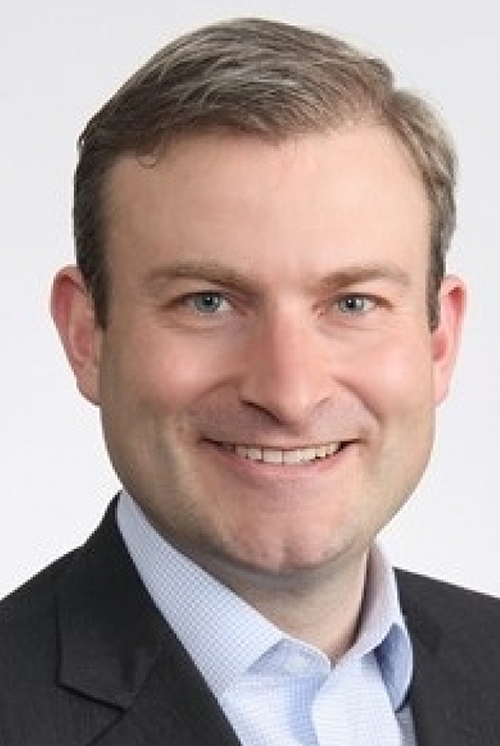UnitedHealth Group’s MedExpress and Walgreens Boots Alliance Initiate Pilot Program to Put Urgent Care Centers in Walgreens Pharmacies
Clinical laboratories should prepare to receive test orders from these mini-medical centers, based on consumer demand for quick, inexpensive, local healthcare
Is the era of clinical laboratory testing offered in retail stores soon to arrive? Dark Daily as long as 10 years ago predicted that walk-in clinics featuring a nurse or nurse practitioner who could diagnose and prescribe for a limited number of health conditions—which had a remedy that could be purchased at the pharmacy in the retail store—would be the door-openers to locating more sophisticated clinical services in retail settings.
Since then, we’ve covered many such openings—including free standing urgent care clinics opening in urban settings to service the consumer demands of busy patients—which have impacted clinical laboratories and anatomic pathology groups in predictable ways.
Late last year, UnitedHealth Group’s MedExpress and Walgreens Boots Alliance (NASDAQ:WBA] announced a joint pilot program to open urgent care centers attached to Walgreens stores.
The premise of the collaboration was based around the belief that consumers would welcome the opportunity and benefits of receiving basic healthcare services in a facility located next to a pharmacy. The Walgreens/MedExpress agreement, however, also indicates that two of the largest healthcare organizations in the world believe consumers would also be interested in visiting physicians who provided more sophisticated medical services, including critical care, in retail settings.
To date, Walgreens has opened MedExpress clinics in 15 locations in six states, including: Minnesota, Nebraska, Nevada, Texas, Virginia, and West Virginia. More such clinics are expected to open this year as part of the collaboration.

“MedExpress is a resource for busy families and employers that need timely access to affordable, high-quality healthcare close to home and work,” Fred Hinz (above), VP of Operations at MedExpress told Drug Store News. “Being connected to Walgreens will enable our patients to receive quality care and purchase any other items they need, all in one trip.” It also will likely result in increased orders for clinical laboratory testing from retail locations. (Photo copyright: Grand Island Independent.)
Future Health System Delivers Critical Care from Retail Locations
Motivated by consumer demand for convenient, high-quality healthcare, the urgent care market in the United States continues to grow. This trend will eventually influence clinical laboratories and anatomic pathology groups seeking to service these providers. It will be a dynamic market as new participants and mergers compete for leverage in this profitable business.
“This is just part of developing an overall higher-performing local health system,” Forbes reported UnitedHealth CEO David Wichmann telling analysts during the company’s earning call last month. “It’d just be one component that may be nested inside a local care delivery market with ambulatory surgical capacities and house calls and things of that nature. This is the future health system that we see delivering considerable value to people.”
The speedy growth in the number of and profitability of urgent care centers is another confirmation that this healthcare trend has legs. And experts believe the growth will continue and accelerate.
A recent report by market research and consulting firm MarketsandMarkets (MnM) predicts the global urgent care market should reach $25.93 billion (US) by the year 2023. The current value of the industry is $20 billion. The growth rate for the industry is expected to be 5.3% with North America being the region accounting for the highest amount of that growth.
The MnM report attributes the rise in the urgent care market to many factors, including:
- Growing investments in urgent care;
- Strategic developments between urgent care providers and hospitals;
- Access to affordable care;
- Convenience of shorter wait times; and,
- Increase in the geriatric population.
The report projects that the biggest hurdle facing the urgent care industry will be the lack of a skilled workforce.
Urgent Care a Growth Industry According to Experts
There are currently more than 7,500 urgent care facilities in the United States, according to an Urgent Care Association (UCA) white paper.
According to the UCA, the top six urgent care organizations in the US each have more than 100 locations. Those companies include:
- Concentra: more than 300 locations in 40 states;
- MedExpress Urgent Care: more than 200 centers in 20 states;
- US Healthworks: 220 centers in 21 states;
- American Family Care: 187 locations in 25 states;
- NextCare Urgent Care: 137 centers in 10 states; and,
- FastMed Urgent Care: 109 locations in three states.
A 2017 UCA benchmarking report states that only 3% of patients who are seen at an urgent care facility were diverted to an emergency room in 2016. The top diagnosis codes for visits during that year were:
- Acute upper respiratory infection;
- Unspecified acute sinusitis;
- Acute pharyngitis;
- Cough; and,
- Fever.
A report by Becker’s Hospital Review states that urgent care visits account for 19% of all healthcare visits in the US.
Urgent Care Centers Badly Needed and Highly Profitable
Last year, strategy consulting firm Health Systems Advisors (HSA) commissioned a study regarding the current and future need for urgent care centers. According to Becker’s Hospital Review, the HSA study stated that:
- “With the recent rise of urgent care development, there is an estimated 22% unmet need for urgent care in markets where urgent care sites could be financially viable;
- “The unmet demand is so large that approximately 1,600 new urgent care sites can be supported generating nearly $3.5 billion in revenue; and,
- “For health systems seeking to grow, the urgent care channel presents a unique opportunity to grow their revenue, influence patients’ downstream choices, and create a better experience for individuals desiring more convenience and better access.”
And data collected by FAIR Health indicates that, between 2007 and 2016, insurance claims for urgent care visits grew by a whopping 1,725%! Claims for emergency room visits increased by 229% during the same time period. FAIR Health is a non-profit organization that examines insurance claims for medical services for the purpose of bringing transparency to healthcare costs and insurance information.
Opportunities for Clinical Laboratories to Support Physicians
Clinical laboratories and pathology groups should pay attention to the burgeoning trend in urgent care, as those facilities order medical tests that will require processing, reading, and analyzing.
Exploring opportunities to serve urgent care centers offers clinical laboratories potential revenue streams and opportunities to serve the physicians practices and medical communities they support.
—JP Schlingman
Related Information:
UnitedHealth, Walgreens Partner to Put Urgent Care Next to Pharmacies
Report: MedExpress, Walgreens Pilots Grow to 15 Locations
Urgent Care Center Market on Track to Hit $26B by 2023
Urgent Care Industry Hits $18 Billion as Big Players Drive Growth
Health System Growth Using Urgent Care
20 Things to Know About Urgent Care
Top Urgent Care Organizations by Number of Centers
The Essential Role of the Urgent Care Center in Population Health
Patient Expectations Driving Growth in On-Demand Care
Urgent Care Centers: US Market Research Report




